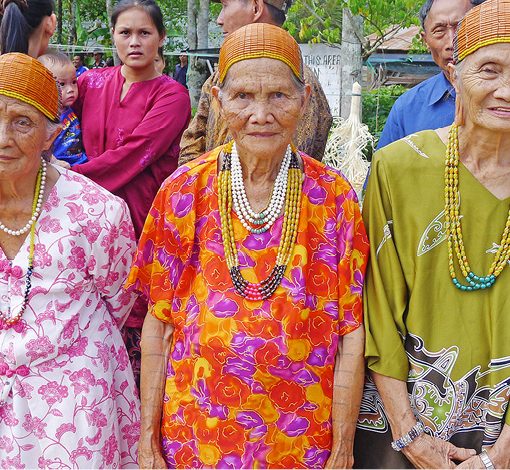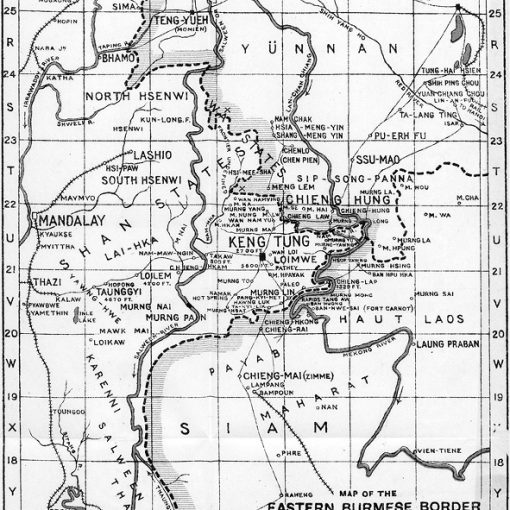Contents>> Vol. 9, No. 2
Scandal and Democracy: Media Politics in Indonesia
Mary E. McCoy
Ithaca: Cornell University Press, 2019.
Mary McCoy’s book contains an alternative way of viewing the role of the media in the Indonesian democratization process. Since its inception, the New Order regime had a hostile relationship with the press. This relationship was driven mainly by the media’s partisan views due to its political allegiance with elites. During the Suharto era, tight censorship did not allow the media to criticize government policies. However, some underground media—mainly student publications and online outlets—paved the way for democratization in Indonesia. The Indonesian media played an important role in supporting democracy after the fall of Suharto by, for instance, reporting on elite scandals such as corruption. McCoy employs Przeworski’s uncertainty theory to figure out the democratic reversal in Indonesia (p. 5). Her main research question is what role the media played in Suharto’s downfall. Specifically, she seeks to investigate the critical consolidation of the democratization process and the reversal of the undemocratic system. Furthermore, she argues that although the media consciously promoted reforms, transparency, and other democratic values, it also served as a political vehicle to create uncertainty and unpredictability through partisanism (p. 6).
The main research in this book is focused on the media partisanism that stalled the democratization process. The role of social media in attracting public political opinion is the newest issue in Indonesian media studies. Previously, media studies focused on the media’s role in conveying democratic values to activists and students through offline and online channels. Another recent study (Tapsell 2017) focuses on media oligarchy under businessmen-turned-politicians. While earlier studies focused mostly on the pre-Suharto New Order regime, post-2004 studies pay attention to the use of media as a political weapon. McCoy seeks to connect these two periods, from the late-Sukarno era to the early years of the transition. Her findings surely connect with recent global studies examining media-backed populist leaders. However, McCoy does not follow the trends in recent media studies; without making connections with previous scholars, she studies the links between the political situation and media coverage.
She conducts content analysis for several Jakarta-based news publications from 1985, 1990, and 1999. McCoy examines different media stands. Obviously, she is more concerned with media from 1999 onwards, because that year was a turning point in media positions that supported or did not support democracy. In addition, the author draws on interviews with numerous activists and leading editors to provide inside views. Another strength of this method is that the researcher can discern the media’s dynamic position through news headlines. However, the author’s research method arguably also has limitations. For example, she does content analysis but not coding of media headlines. It is important to precisely understand the media position through news reporting, because analyzing headlines just gives a limited sense of the media reversal.
Chapters 1 and 2 lay the foundation of the book. McCoy provides theoretical as well as historical background of the Indonesian press during the transition from Sukarno to Suharto. An interesting point she makes is that guided democracy also meant a guided press (p. 19). Sukarno restricted media coverage by mandating news on respect for one God, public interests, and the nation’s character. In this way, he used the media for his regime’s political propaganda. Like his predecessor, Suharto also used media for political propaganda. He was tougher than Sukarno in regulating freedom of the press. He banned 12 printing presses and magazines due to their coverage of elites’ political scandals, particularly corruption. Suharto also established the Ministry of Information and the state-sponsored Indonesian Journalist Organization (Persatuan Wartawan Indonesia) to regulate freedom of expression. As a result, during the Suharto era the surviving media served as the regime’s collaborator. This process was successful due to the absence of public debate. The important point in these two chapters is that the media was in a vulnerable position when it came to challenging the regime. This uncertainty and vulnerability eventually led to the media compromising. It usually did what the government wanted, but it also worked closely with democratic activists, especially toward the end of the Suharto era. In sum, the transition from authoritarianism to democracy provided the media with changing roles. In the 1970s the media was neutral with regard to the New Order regime, but the situation changed after the government revoked the printing licenses of media organizations that were critical of the regime. As a result, media organizations needed to be careful to report news that was pro-government.
Chapters 3 and 4 provide alternative insights into why Suharto fell from the media’s view. McCoy argues that bans on media that were critical of the regime raised public awareness and led to the organization of anti-government strikes (p. 51). Chapter 3 focuses on the uncertainty of the transition between Suharto and the new democratic regime. In the early Reformasi period the media began to report on elite corruption scandals in order to attract more readers. During this period the Indonesian media were free to publish anything, with no state censorship. However, the honeymoon ended as democracy became more consolidated and media regulations were installed. The new regulations were themselves biased (p. 74). If media owners did not side with certain elites, it put journalists at risk. As a result, the media took their revenge with blatant coverage of political scandals in the early Reformasi era. The more the media published about scandals after 2004, the less critical the tone was since the media was more partisan than it had been earlier. The media often leaked secret information to make it available for public consumption. This surely exacerbated relations between the media and the democratic regime, although the media was still committed to democracy. This finding is similar to that of Krishna Sen and David Hill (2006), who noted that the media had an ambivalent role, whether supporting the regime or dissident camps. Consequently, while the Indonesian media mostly promoted fairness and transparency, journalists sometimes had to make compromises with the political elites (p. 86). These compromises encouraged the reversal of democratic promises.
The book focuses on media reversibility in Indonesia after the 2000s. There were several factors that led to partisanism in the media. First, biases on the part of media owners discouraged critical comments (p. 95). The media were politicized by their owners to publish and broadcast news on rivals’ political scandals. Some elite-run TV channels such as RCTI and TVRI often competed with Tempo, Gatra, and the Jakarta Post in covering political issues. Media framing was used to protect the media owners’ interests. As a result, readers were sometimes unable to get balanced news coverage. Second, the media were frequently involved in political conspiracies that delegitimated elites (pp. 125–127). This created strained relationships between the media and some politicians. Third, the media used corruption scandals to make political attacks, in the process gaining political support and close relationships with certain elites (p. 137). Obviously, politicians often cited such media reportage to attract voters. This created a mutually beneficial relationship between politicians and the media. While politicians needed the media to reach out to potential voters, the media needed fresh money and protection from the elites in order to keep publishing and broadcasting their news. In this connection, the author discusses the Baligate and Buloggate scandals in the Abdurrahman Wahid administration.
McCoy’s book arguably has some limitations. First, the author does not provide an in-depth explanation of biases in media ownership. Some media tycoons-turned-politicians had their own TV stations and newspapers to cover their political activity. In another media study, Ross Tapsell (2017) clearly defines the relationship between media oligarchs and their office-seeking motivation. It would be useful if McCoy provided a political connection map between elites and the media. Second, the book refers just tangentially to the role of social media in Indonesian democracy. This kind of media often performs as an alternative media for critical readers, particularly in urban areas. Overall, McCoy provides an alternative view of the Indonesian democratic process from the perspective of media.
Wasisto Raharjo Jati
Center for Political Studies, Indonesian Institute of Sciences (LIPI)
References
Sen, Krishna; and Hill, David. 2006. Media, Culture and Politics in Indonesia. London: Equinox Publishing.
Tapsell, Ross. 2017. Media Power in Indonesia: Oligarchs, Citizens and the Digital Revolution. New York: Rowman & Littlefield.
DOI: doi.org/10.20495/seas.9.2_281



